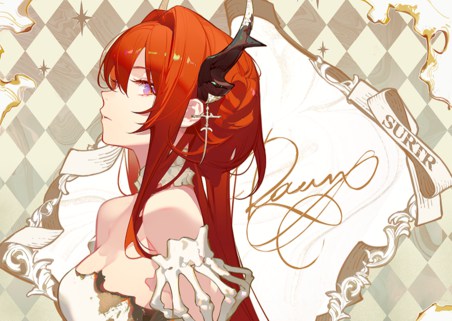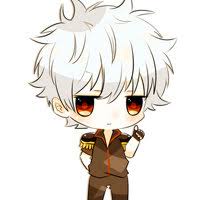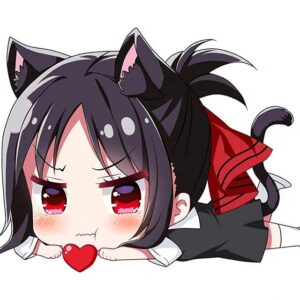Free

- 8 lessons
- 0 quizzes
- 96 week duration
Lesson 2: NounはNounです

In this lesson, I will teach you how to express “Noun 1 is Noun 2” in Japanese.
Patterns:
| Pattern | Meaning |
| [Noun 1] + は/が + [Noun 2] + です。 | [Noun 1] is [Noun 2]. |
| [Noun 1] + は/が + [Noun 2] + ではありません。 | [Noun 1] is not [Noun 2]. |
は vs が
| Both は and が are particles. は is topic marker. and が is subject marker. 【Noun 1 + は】 means that Noun 1 is the topic of this sentence, and 【Noun 1 + が】means that Noun 1 is the subject of this sentence. When は is a particle, it’s read as “wa”. は: emphasizes the noun after it. が: emphasizes the noun before it. For example, 私はトムです。 I’m Tom. In this sentence, は emphasizes “Tom”. So you can drop the “私は” too. If you say “トムです”, it means “I’m Tom.”, It’s just less formal. 私がトムです。I’m Tom. In the sentence above, が emphasizes “私”. This sentence is often used to answer a question: “Who is Tom?” So you will answer him: I’m Tom. (It’s not everyone else, It’s me!) So it will be weird to drop the 私が. Usually, は is way more often used. But if you do want to emphasize the subject, feel free to use が, it’s correct too! |
Example Sentences:
| (1)私は学生です。 I’m a student. (2)田中さんは学生ではありません。 Mr. Tanaka is not a student. (3)彼が中村さんです。 He is Mr. Nakamura. (4)父は先生です。 My father is a teacher. (5)父は先生ではありません。 My father is not a teacher. (6)山田さんが歌手です。 Mr. Yamada is a singer. Note: さん is added to the end of other people’s names to address them more politely, you can’t use it on your own name. |
Patron-only Contents:

This website won’t exist without Patrons’ support since it’s completely ad-free.
So I made some special contents for Patrons.
It’s a way of saying thank you!